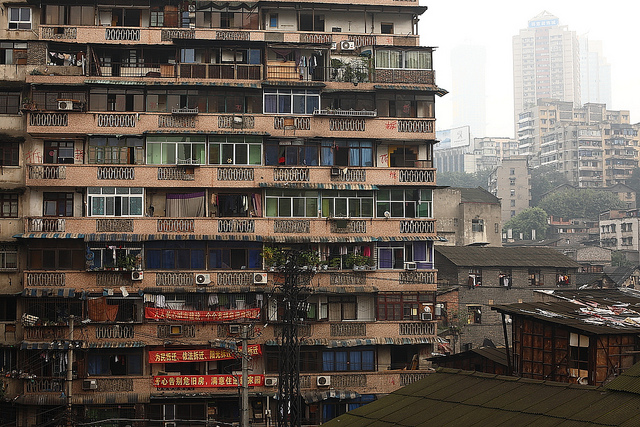Just a quick post — some may find this of interest: ‘Dirty’ air in subdivided flats pose health hazards | South China Morning Post. It reports on a study (not quite sure where it was published, if it was) about bacterial counts from air samples from subdivided living units in Hong Kong public housing. And many of these have quite high bacterial counts (as determined by colony counting). Not sure if they showed any specific helath effects or have any more detail on the bacteria found. But still some interesting comments in the article including:
- Lai said an overcrowded living environment could lead to inadequate ventilation, which would promote the growth of bacterial and fungal colonies.
- Poor building conditions, such as water seepage and leaking sewage systems, could release microorganisms and bacterial toxins from the water into the air.
- Unhygienic surroundings, such as garbage or sewage water accumulating on canopies or in other nearby outdoor areas, would also affect indoor air quality, she said.
- The professor suggested residents try taking their clothes to the laundry to avoid increasing air humidity by drying them at home.
- Residents whose windows faced dirty outdoor areas could keep them closed, she added.
Seems like these could make an interesting system for microbiome studies.

There is a growing body of evidence linking high occupant density (“overcrowding”) to infection. The finding of higher airborne bacteria counts in “overcrowded” housing is consistent with this evidence. See Yuexia Sun’s study – Sun, Y., Zhang, Y., Sundell, J., Fan, Z. and Bao, L. (2009), Dampness at dorm and its associations with allergy and airways infection among college students in China: a cross-sectional study. Indoor Air, 19: 174–182. doi: 10.1111/j.1600-0668.2008.00577.x
or Sun Y, Wang Z, Zhang Y, Sundell J (2011) In China, Students in Crowded Dormitories with a Low Ventilation Rate Have More Common Colds: Evidence for Airborne Transmission. PLoS ONE 6(11): e27140. doi:10.1371/journal.pone.0027140.
See also
Yuguo Li et al, Indoor Air, Volume 17, Issue 1, pages 2–18, February 2007. “Role of ventilation in airborne transmission of infectious agents in the built environment – a multidisciplinary systematic review”